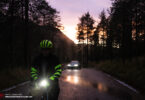From heavy and clunky to lightweight and elegant, e-drives can now be integrated almost invisibly into drop bar bikes. But as well as being aesthetically pleasing, the latest concepts are also smart. Discover the potential of connecting these drives with rider and route data, and how a smart ebike will change the way we ride.
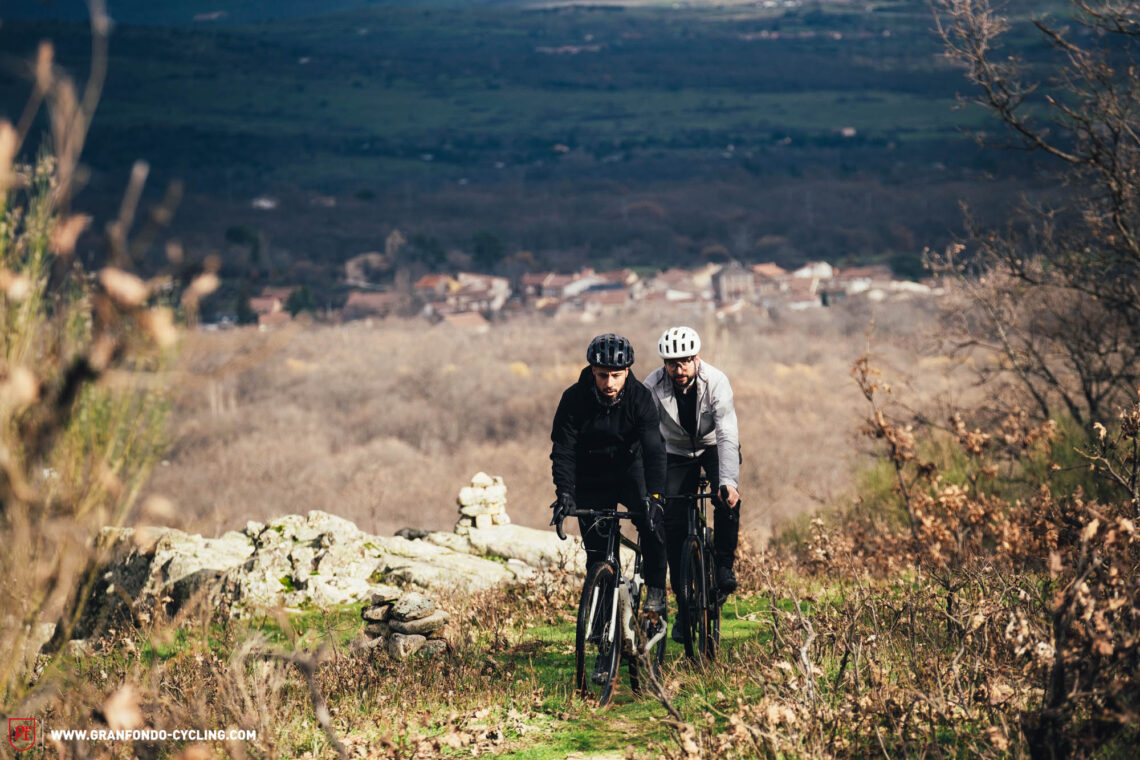
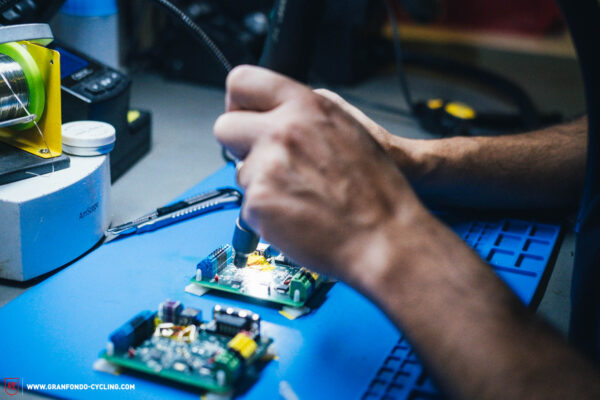
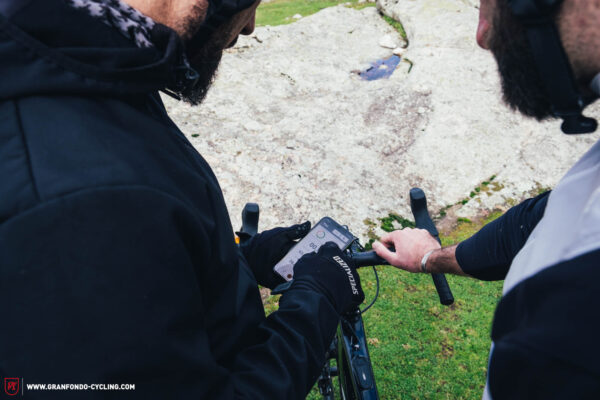
The last traces of snow are melting under the spring sun and the asphalt is glistening. The professionals of the Bora-Gran Fondo team are training in the Sierra Nevada mountains, riding together yet individually. The coaches have drawn up unique training profiles for each rider, and a rear hub motor helps manage the athlete’s effort, providing assistance on steep climbs Before the start of the ride, the team uses an app to synchronise the planned route with the e-drive, setting precise performance ranges for each rider. Heart rate and wattage data are transmitted in real time to the coaching team back at the team hotel. Using the app, coaches can access the system remotely and adjust support based on the recorded data. If the heart rate is too high and the watts are too low, the support can be increased. Smart support takes training quality to the next level. Bring on the spring classics!
Did we get you? Of course, road pros don’t ride ebikes, neither in their training nor in the race (hopefully). Racing remains the last bastion of pure lactate and power. But drive systems are evolving, and smart, integrated technologies are creating entirely new possibilities for the “e”.
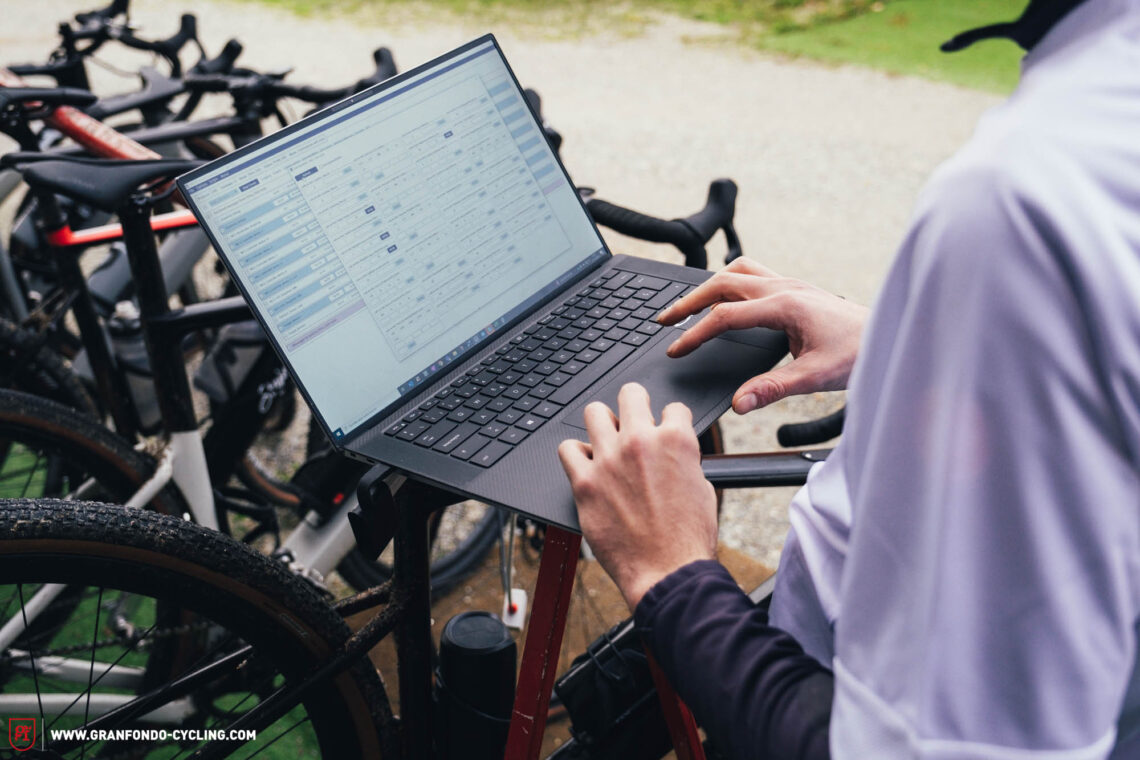
From “strong ebike” to “smart ebike”
When the first electric drive systems came onto the market, they were met with scepticism. The verdict was “cheating!”, or at least “self-deception”, as the electric high-flyers whirred past us as we suffered on the mountains. But from e-city bikes to e-mountain bikes and e-gravel bikes, pedal-assist has steadily conquered various bike genres, and revolutionised urban mobility. Initially, two key factors were crucial: torque and battery capacity, resulting in visually questionable newton-metre monsters with bulky batteries shoehorned into their frames. Over time, e-drives have become lighter and more elegantly integrated. Essentially, the focus has shifted from excessive power and range to precise, smart assistance. The latest generation of smart drives blurs the lines between ebikes and analogue bikes, even visually. There are however significant differences between the drive systems, including responsiveness, how the system transitions to unassisted riding, weight and weight distribution, and of course digital integration and customisation.
In most cases, despite all the visual integration, the e-drive isn’t really part of a comprehensive digital concept. Proprietary apps from drive suppliers compete with solutions from bike brands and component manufacturers. Displays vie for handlebar space with bike computers and mobile phone holders, while functions such as heart rate, wattage, route planning and training analysis are a world of their own. But it’s the fusion of all this data and measurement that represents an opportunity. The e-drive has the potential to become the smart heart of a digital cycling ecosystem. A smart ebike isn’t just about power: it’s about brains too.
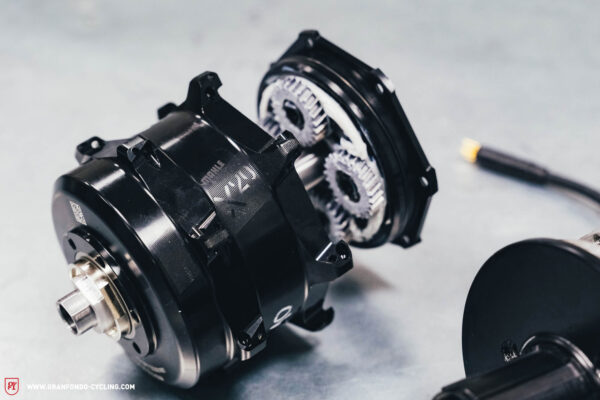
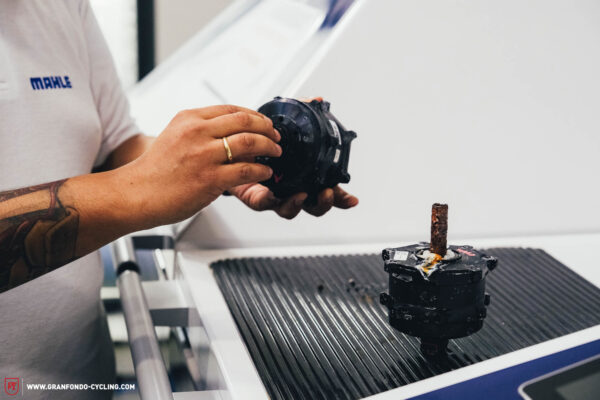
With the compact X20 e-drive, Mahle are focusing on a rear-wheel drive that is primarily intended for use in light, sporty bikes. With relatively modest torque and small, lightweight batteries, the focus is not on raw power and maximum range, but on integration and connectivity.
For Mahle, the software is just as important as the hardware. The aim is to develop a self-learning system that integrates all the essential parameters and provides each rider with the support they need at all times. Data is the heart of this system. Riding data is uploaded and analysed via the Smart Bike app. The route, gradients, speeds and the rider’s own performance are automatically compared with motor and battery data and evaluated anonymously. In this way, Mahle can determine exactly when the rider needs a certain level of assistance and how much battery capacity is actually being used.
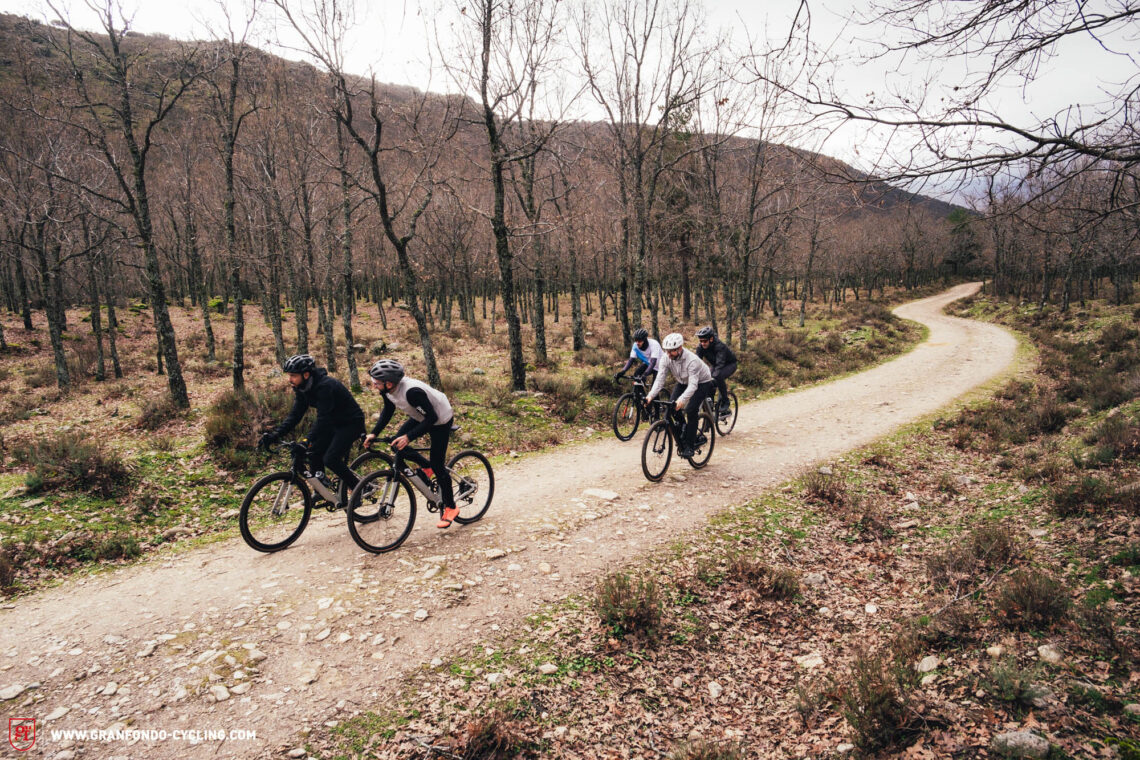
A smart ebike gets you home safe and sound e
Conclusions drawn from hundreds of thousands of ebike kilometres: 85% of users choose their level of assistance at the start of their journey and stick with it throughout. 76% choose the lightest assistance, level 1. Do they not need more power? Is switching not intuitive? Or do they just want to ride?
In response, developers have introduced a new level of support, a smart and adaptive assist that provides varying degrees of electric tailwind based on factors such as weight, incline and personal effort. The result? Not only are riders about 4 km/h faster on average in Smart Assist mode, they also use the battery more efficiently. The concept of adaptive assistance isn’t entirely new, but it becomes fascinating when you consider it in the context of the other data we routinely collect these days.
Combined with a heart rate monitor, for example, you can ride based on your pulse rate alone. If the software detects that you are exceeding a predefined heart rate threshold, it will automatically increase support. This feature is valuable not only for commuters who want to get to the office sweat-free, or for those who want to train efficiently, but also for those who need precise monitoring for medical reasons.

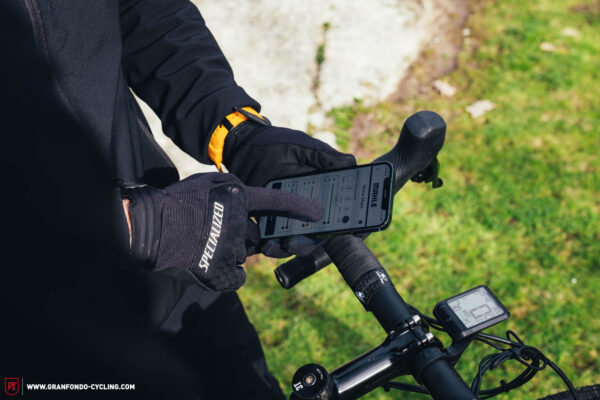

What if you could import a route you’ve created on Strava and have it evaluated to make sure the system gets you to your destination with maximum support and without worrying about a dead battery, even if there’s a nasty climb at the end? What if the algorithm could also analyse real-time weather data and save some battery power for the headwind on the way back? A smart ebike would transform from a mere propulsion system to a clever tour guide, finally eliminating range anxiety.
According to Diego Rodriguez from Mahle, this fear is unfounded. In 75% of all journeys, no more than 30% of the battery’s capacity is used. In most cases, a small battery is sufficient, saving both money and weight. What about mountainous terrain? Dealers can access regional data and configure customised battery setups for different types of riders, effectively using data to alleviate range anxiety. In theory, it may even be possible in the future to analyse your Strava profile and receive personalised battery recommendations. But integrating route and rider data can do more than just adjust assistance levels or define battery capacities; it can change how we perceive the e-drive.

Smart ebike: From crutch to performance booster?
No matter how elegantly concealed or discreetly assisted, the use of electric assistance is still considered a sign of weakness in performance-oriented road cycling circles. But what if it could become the epitome of smart, watt-based training? While the professional scenario described at the beginning remains somewhat utopian, smart assistance undeniably offers the potential for improved training. With integrated power measurement and adaptive support, the system could be used for basic winter training, possibly even as an alternative to indoor trainers. Could electric assistance move from being perceived as a crutch to a performance booster, allowing e-drives to make inroads into the world of racing?
The other question is, do we really want all of this? A system that gives you exactly the support you need to stay within your heart rate target range on a planned route? With too much smart control and adaptive support, will we gradually lose the sense of what we are achieving on the bike? Will the system take away the ups and downs that make the ride so exhilarating?
Conclusion
E-drives can offer more than just a boost. By intelligently integrating route, heart rate and rider data, they have the potential to revolutionise the act of cycling itself. Smoother, smarter, more efficient – we are looking at a fully connected bike future. We can unquestioningly embrace it, or we can reject it on principle. Or we can explore and experiment with it, uncovering possibilities and applications that manufacturers may not even have considered yet – and that’s the exciting part.
Did you enjoy this article? If so, we would be stoked if you decide to support us with a monthly contribution. By becoming a supporter of GRAN FONDO, you will help secure a sustainable future for high-quality cycling journalism. Click here to learn more.
Words: Nils Hofmeister Photos: Mike Hunger, Julian Schwede






